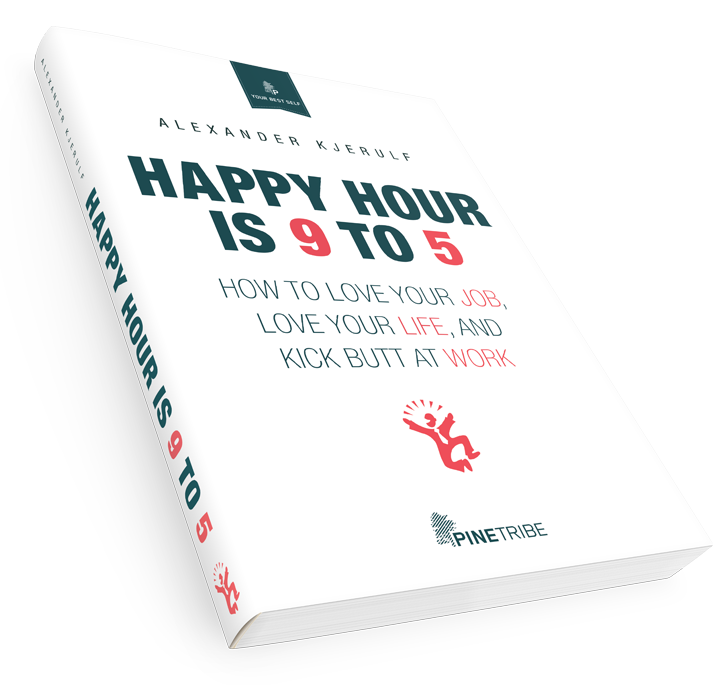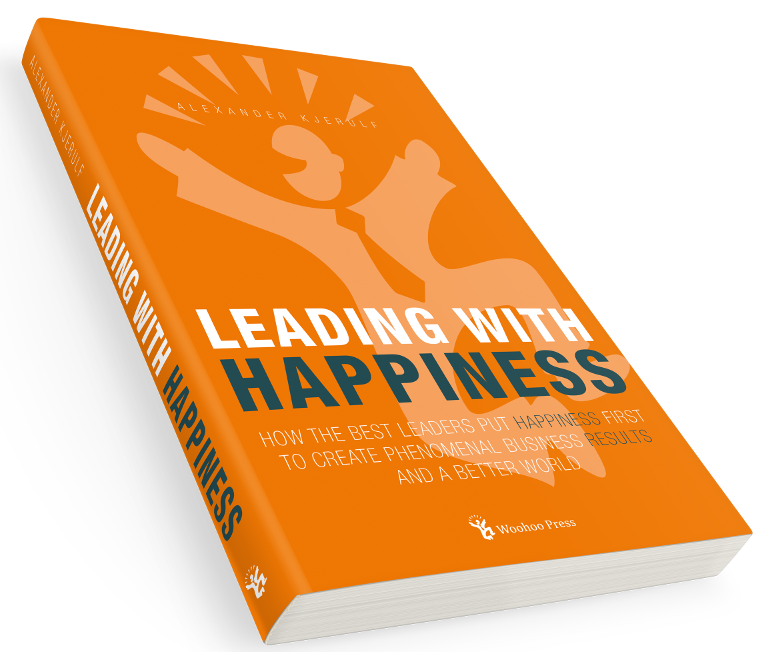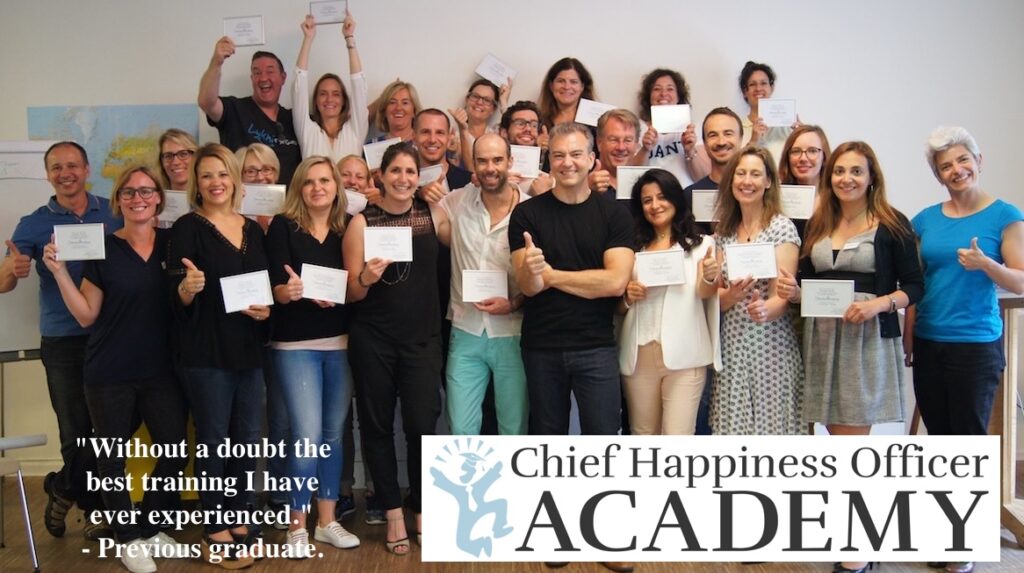Whew!
I’ve finally finished Peter Senge’s trilogy on learning organizations. After The fifth discipline and The fifth discipline fieldbook, comes The dance of change: The Challenges of Sustaining Momentum in a Learning Organisation.
The first book lays the theoretical foundation, and introduces the five disciplines which Peter Senge believes are the key to creating learning organizations. They are personal mastery, systems thinking, shared vision, team learning and mental models. The second book contains practical tips on how to implement each of the five disciplines. By now we’re already past the 1000-page mark.
The dance of change brings the tally up another 550 pages, and deals with the challenges that all change initiatives in organizations meet. The link between change and learning permeates the book. You can’t turn an organization into a learning organization without changing. Conversely, any strategic change in a company, that doesn’t contain learning in some form is probably doomed. So change is learning and learning is change.
I won’t go into any details about the books contents (there are just too many), but the book contains a huge number of eye openers (for me at least).
I consider myself a change agent, and I’ve felt time and again that people and organizations are just way too conservatice for their own good. They’re reactionary and stubborn, and resist new, creative ideas. Well guess what: I’m wrong! It’s easy to feel that way. But in reality, there are simply some stabilizing dynamics at work, some systems trying to maintain balance and equilibrium. People or organizations don’t consciously oppose change, but systems try to maintain balance.
The book outlines three dynamics that promote change – and ten dynamics that hinder it, (see – the odds are stacked against change from the beginning). Each of these is described thoroughly, with plenty of exercises, tips and case stories (I just love a good case story).
Reading the book will give you a much better understanding of why so many change initiatives fail (70% fail according to some statistics). And more importantly, there are plenty of tips to make sure that your next strategy will succeed.
As usual from Peter Senge the book is well written, extremely well structured, and fairly easy to read. I cannot recommend this book enough. Read it, and learn much more about change.
By the way: There’s an online resource for the last two of the books at www.fieldbook.com.



Leave a Reply